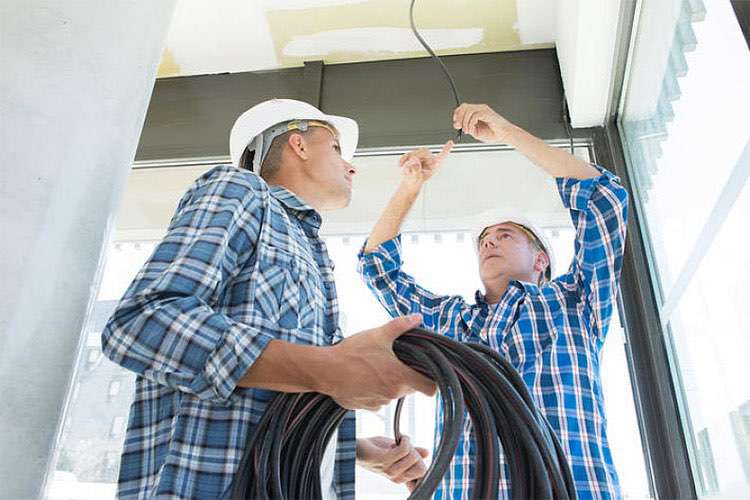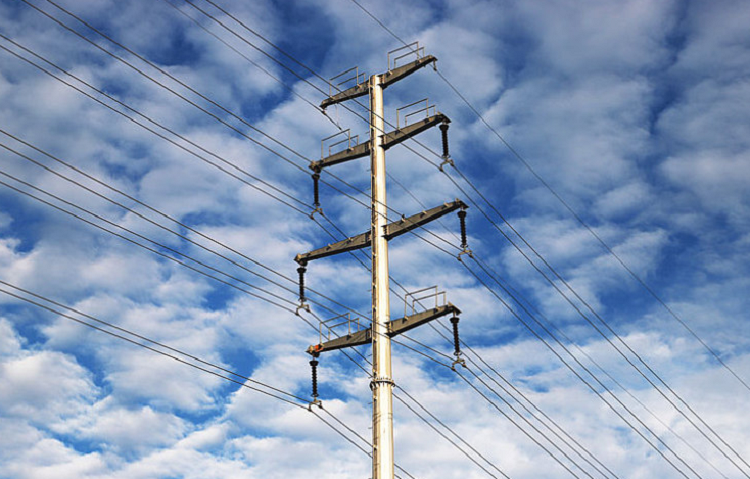 Author: Joey Wan
Author: Joey Wan  February 24,2021
February 24,2021
In the electric industry, common voltage levels are 300V, 500V, 700V, 1000V, 10,000V, 35,000V, 110,000V, 220,000V, 500,000V, and others. Normally, it is considered low voltage below 1500V, mainly for household electricity; high voltage cables are above 3500V, mainly used for power transmission, 1500V-3500V, medium voltage.

Low-voltage cables in daily life:
1) Cement poles are basically used for support, and the cement poles are relatively short, generally no more than 5 meters.
2) The wire thickness is the same, and the number of wires is a multiple of 4. This is because low-voltage wires generally use a three-phase four-wire system.
Medium and high voltage cables in daily life:
The thickness of the medium voltage wire and cable is the same, and the number is a multiple of 3. This is because the power transmission wire generally uses three-phase power transmission. If these characteristics are available, the cable can be determined to be 10,000 volts.
High-voltage cables usually have different wire and cable thicknesses, so the number of thick wires is a multiple of 3, and there are only 2 thin wires, and it is assumed to be at the highest point. Among them, the thin wire is not used for power transmission, but for lightning protection, also called lightning protection wire.

JZD cable is a professional wire and cable manufacturer with more than 20 years of experience, providing different type of wires and cables for Southeast Asia, Africa, Australia and other regions and countries. Welcome to contact us for more inquiries about wires and cables.
